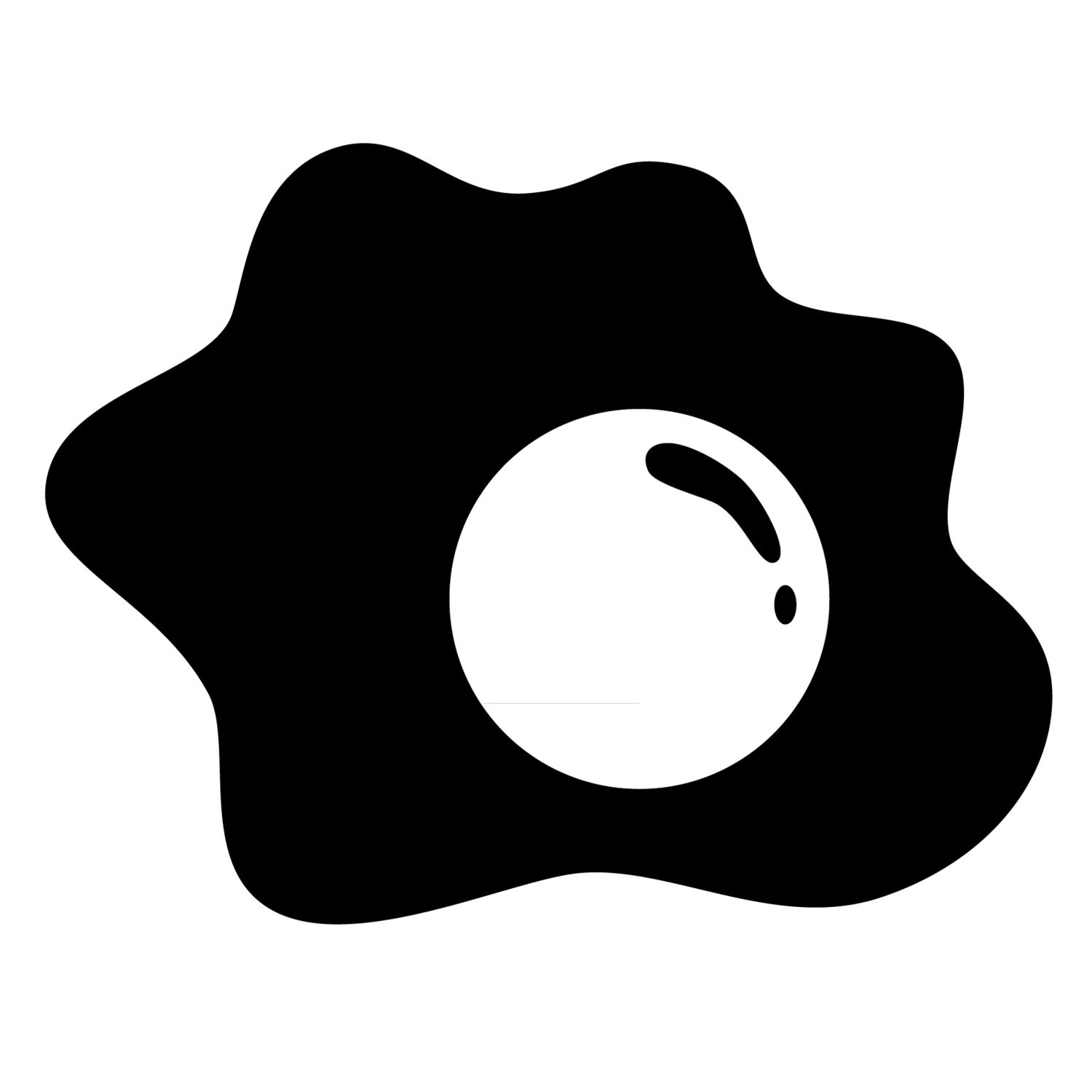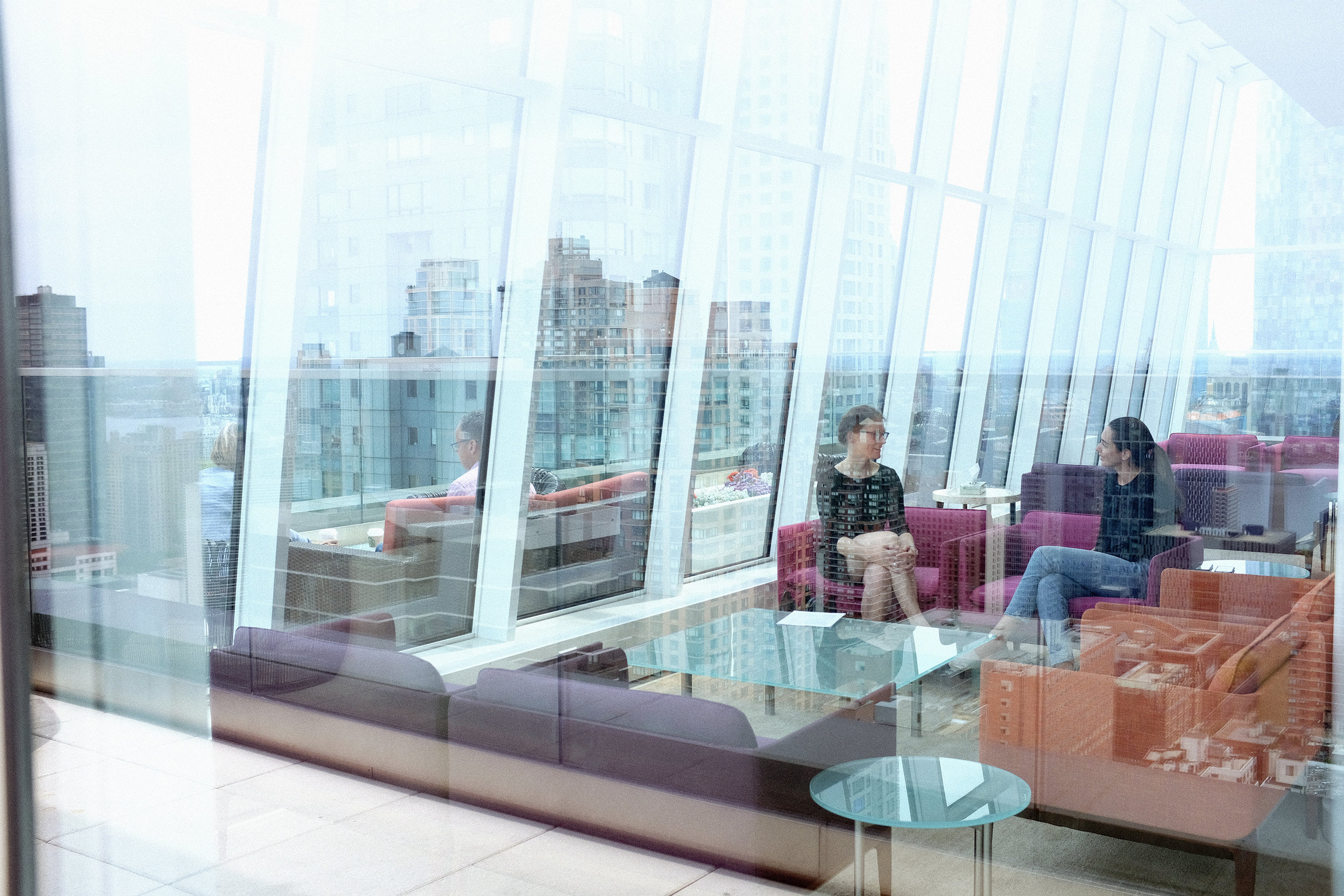5 MAY 2018
New York City
Venturing into the new.
C O S A 's co-founder Christine Lara Hoff talks about the opportunities and challenges of establishing her own design studio in Berlin.
"We often ask ourselves, What projects do we want to focus on based on the political climate of today? In some ways, we invent projects for ourselves because we foresee a need for them."
CHRISTINE LARA HOFF
Born in Berlin, Germany, Christine holds a Master of Architecture from Yale University and graduated with high honors from UC Berkeley with a Bachelor of Arts in Architecture and German. She received the College of Environmental Design Professional Promise Award from UC Berkeley for demonstrating great potential for future contributions to the environmental design profession.
A licensed architect in both the USA and Germany, Christine’s international professional experience focuses on technological innovation in structures and sustainability. At SHoP Architects in New York City, she was a lead designer on the thinnest skyscraper in the world, W57th St Manhattan. At Behnisch Architekten in Germany, she worked on the Conference Hall for the World Intellectual Property Organization in Stuttgart to push the structural boundaries of engineered wood.
Christine has been a guest critic at Yale University, Cooper Union, and UC Berkeley.
Existing house: isolationism of the GDR (East Germany)
Christine, welcome back to New York! So you recently left the US to start your own design studio in Berlin called C O S A. What is your vision for the company?
C O S A is an acronym for city, object, space, architecture; all the different scales in which we work and think about our projects. It also means thing, as at the end of the day we are makers and are interested in how we design things to have an impact beyond themselves and the network they sit within.
What type of projects is C O S A currently exploring?
At our studio, we often talk about architecture that is responsive. The types of projects we pursue speak to that vision and thus, in each project we search for design solutions that can inspire broader change. We often ask ourselves, “What projects do we want to focus on based on the political climate of today?” In some ways, we invent projects for ourselves because we foresee a need for them.
Our first project is a house in the middle of nowhere. The site has no infrastructure whatsoever; no electricity and no portable water, and has been sealed up, reflecting the isolationism of the GDR (East Germany) as well as the lack of resources during that period. In response to these conditions, we saw an opportunity to create a net-zero house that supports itself through geothermal and solar energy.
Concept sketch of net-zero house
Renovation and exposure of existing structure. net-zero house, ground plan
Beyond buildings, we also design products and find partners to prototype them. We are currently working on a product called Urban Solar Tree which comes from our desire to create a small product with a large impact. We discovered that street lighting consumes up to 50% of a city’s energy. As a solution, we created a modular system that uses existing lights as an armature and provides clean energy to local grids while filtering the air.
Virtual reality and its relationship to physical space is another territory in which we are interested. We partnered with a Berlin startup to develop a wearable that acts as a replacement to your smart phone. This product is exciting because it aims to create an augmented reality through engaging all the senses other than the sense of sight.
Tell us a little bit about your decision to leave the comfort of New York behind to venture into the relatively unfamiliar territory of Europe.
I think the decision for us to move to Berlin was out of necessity. We wanted to take a step back and figure out a way to challenge architectural design and the notion of sustainability. Both my partner and I worked in large and small firms in New York and in Europe, where we realized the conventional check-the-box sustainability solutions were not really what interested us. We wanted to start our practice in a city that is affordable but also supports designers, startups, and creatives.
"We wanted to take a step back and figure out a way to challenge architectural design and the notion of sustainability."
What has been your biggest challenge in starting a business abroad from scratch?
One of the biggest challenges for me was moving my entire life and starting over. I was born in West Berlin, but I am definitely not considered a Berliner. I am reminded of that all the time. Leaving the community of creatives and friends that I had cultivated through Yale was difficult because they provided me with a sounding board for constructive critiques within a safe environment. Many people glorify the notion of self-employment, but if you talk to anyone who has actually done it, they will tell you they question themselves and the decisions they make every day. Having a trusted community to share difficulties, insecurities, and tribulations is extremely important when you have your own business. Although I have a partner, it is crucial that we both have some sort of support network outside of each other.
"Having a trusted community to share difficulties, insecurities, and tribulations is extremely important when you have your own business."
What is the main difference between the culture, the clientele and the design landscape of the US and Europe?
In Germany, universities are free and everyone goes through the same educational system. The same rules apply to all, and there are no shortcuts. There is no elitism being fostered. In some ways, it doesn't matter where you went to school and how long your resume is. To me, it is extremely refreshing to have someone judge you solely based on your work and not your education. A part of the cultural shift was to learn exactly that.
As newcomers in Berlin, we are still learning about the local culture and the building industry. The one lesson we learned very quickly is that you have to be comfortable with not knowing everything. We do not oversell our capabilities, but at the same time, we are confident in accepting jobs beyond our comfort zone. That is why it is so important to work with the right clients who are willing to take a chance on young designers, knowing that we will go beyond what other people may feel comfortable doing. It is why starting our own practice is so exciting, because we are constantly learning every day.
Work in progress sketches
"The one lesson we learned very quickly is that you have to be comfortable with not knowing everything."
You mentioned earlier you have a business partner, Sierra Cobb. Can you tell us how you met and how you complement each other as a team?
I always knew I wanted a partner when I started my practice, and I am very lucky to have Sierra on board. The hardest part in starting a design studio is to establish a feedback loop where you can bounce ideas off of one another and get the creative juices flowing. Sierra is that feedback loop for me. We met at Yale while working with our professor on an installation project that explores the relationship between dance, music and art. At the time, none of our friends thought that was Architecture, and we both quickly realized we had a much broader appetite for what architecture can be.
I had a technical background at UC Berkeley and had worked for three years prior to meeting Sierra at graduate school. On the other hand, she studied Fine Arts and Art History at Amherst College before going into architecture. Her background in art has been invaluable to the culture of our creative studio. Given our very different backgrounds, the creative tension between us comes naturally. We learned how to charrette and co-manage very early, and it was important for us to be able to disagree in a constructive manner. In some ways, Sierra has defined, and redefined, the process of creativity for me. Her artistic instinct adds a different dimension to our thinking and allows us to feel comfortable in our unabashedly intuitive design process. I find that extremely liberating.
Sierra Cobb (Left) and Christine Hoff (Right), photo by Aline Stephan
" The hardest part in starting a design studio is to establish a feedback loop where you can bounce ideas off of one another and get the creative juices flowing."
"Sierra has defined, and redefined, the process of creativity for me. Her artistic instinct adds a different dimension to our thinking and allows us to feel comfortable in our unabashedly intuitive design process. I find that extremely liberating."
During the process of launching your company, tell us one thing you think you have done right, and one thing you wish you had done differently.
I think the best decision we made was taking the leap and starting. It takes a certain optimistic ignorance to start a business, in a new country, within a new culture. Had we known all the hurdles there would be, we wouldn't have done it in the first place. A friend of mine, who recently started his fifth successful startup, gave me two pieces of valuable advice before I left New York. First, he told me that there are not necessarily more challenges in running your own company versus being employed; the only difference is that you now know about them. This friend of mine has an air of opportunistic innocence about him that allows him to dive into ideas with confidence. I think his investors believes in him because of that fearless quality.
The second piece of advice he gave me was: An investment in yourself is an investment in your company. When we first started, we did not take this advice seriously. We worked through many weekends trying to manage every aspect of our business. Now, Sierra always makes a point to ask, what do we want to work on? We try to delegate our time wisely and choose the projects we want to pursue. Of course, there are things that we have to do as a company, but it is always important to set aside a certain amount of time to focus on what inspired the company in the first place. Valuing our time and ourselves is perhaps the most important lesson we have learned.
Thank you Christine for sharing your thoughts on the opportunities and challenges of starting a business in Europe. For more information on C O S A, please see the company's website here.
For more information on the Virtual Reality Glove developed in partnership with MUDRA CROVE, visit http://getcrove.com/.
If you would like to read more stories about other designers and creatives at the forefront of their industry, visit our conversations page for monthly updates.
Text edited by Katie Kasabalis and Darius Woo
Photography and layout by Darius Woo


















